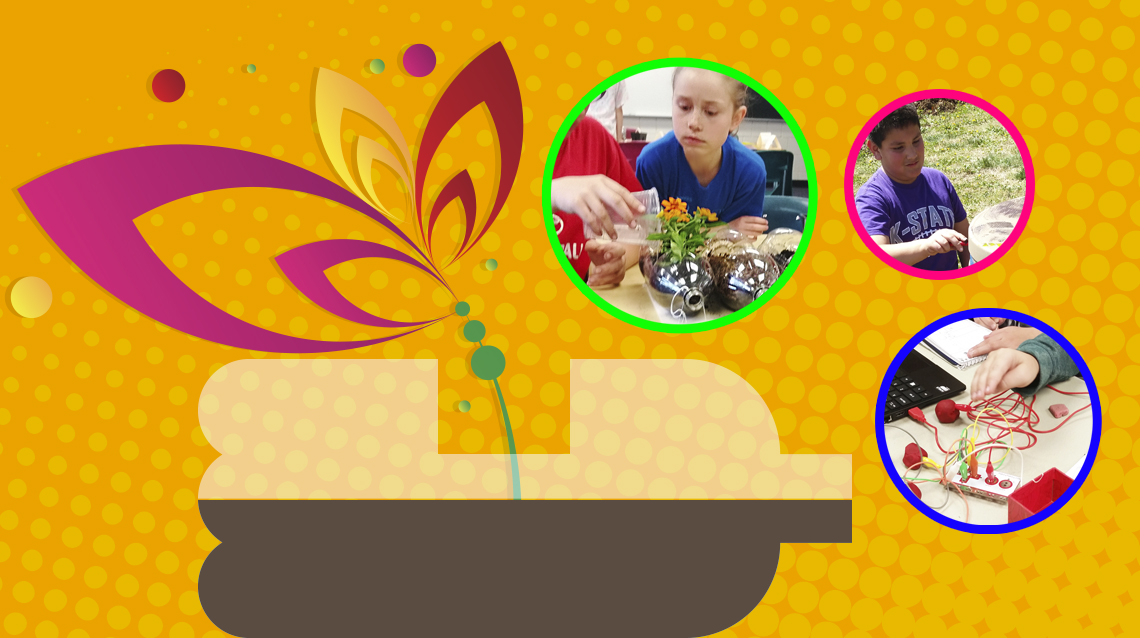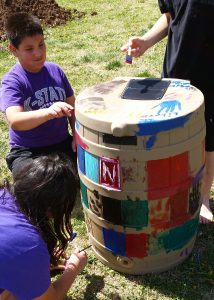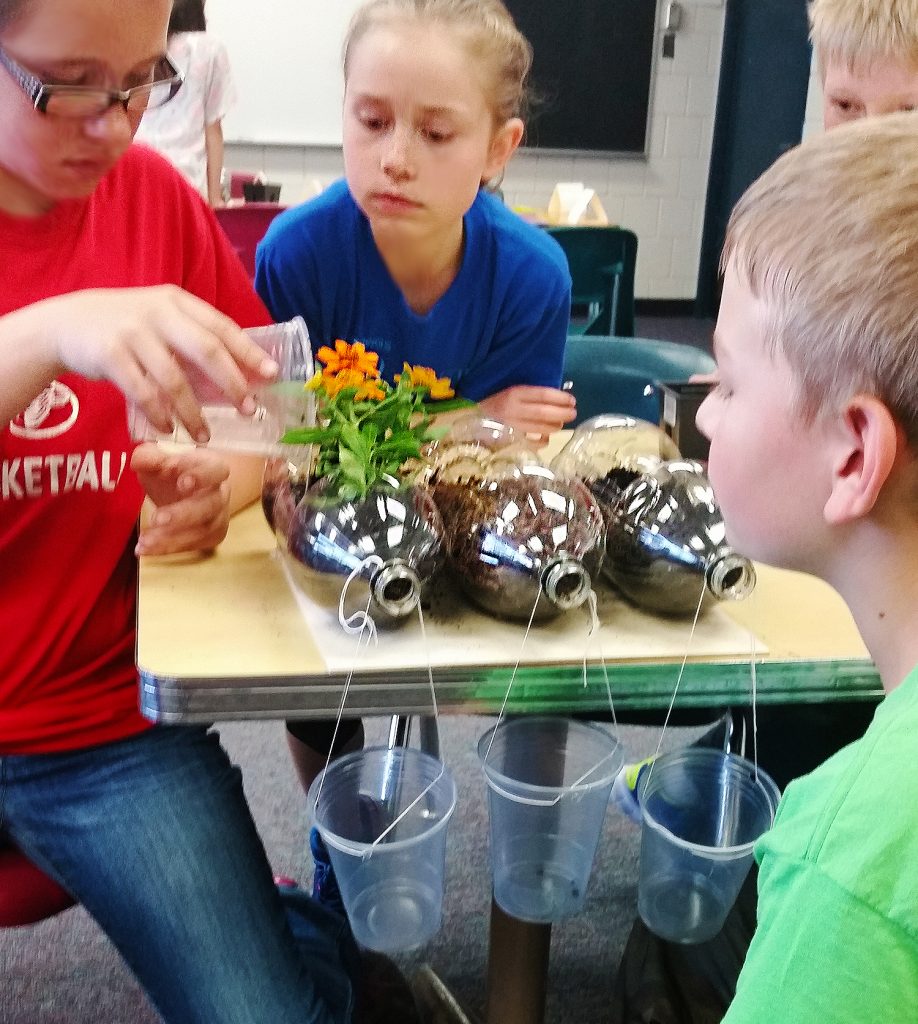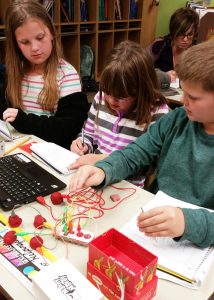Brief
Professional Development Disguised as Museum Outreach
Connected Science Learning November 2016-January 2017 (Volume 1, Issue 2)
By Jan Luth, Kimberly McDowell, and Laurel Zhang

Exploration Place shows how its educators embedded professional development into elementary classrooms in Wichita, Kansas.
Have you ever been to a professional development (PD) session where you sat and listened to someone speak for hours—and likely got a bit bored? As teachers, we know that best practice is to encourage hands-on learning, but we forget to implement this strategy when creating PD experiences. Exploration Place (EP), the Sedgwick County Science and Discovery Center in Wichita, Kansas, partnered with eight rural school districts in neighboring Sumner County, threw out the traditional sage-on-a-stage paradigm, and tried something new.

Kansas requires elementary educators to take only one science-teaching methods class. With the adoption of the Next Generation Science Standards and Kansas College and Career Ready Standards, districts felt the need to better prepare elementary educators to incorporate science, technology, engineering, and math (STEM) in their classrooms. With a grant from the Kansas All-Star Scholars Fund (Kansas Star Casino), EP launched a pilot program with two districts in academic year 2013–2014. As word traveled about the program’s success, it expanded, and for the following two academic years, EP provided high-engagement, hands-on STEM lessons to every third- and fourth-grade class in the county—serving 43 classes in 11 elementary schools. Staff educators hit the road each morning with supplies in hand, visiting each classroom once a week, on average.

This project delivered in-class science education to students. Each of EP’s monthly themes aligned with the individual district or school curriculum plan. But how does it represent PD? The program’s strategy was to embed PD within the classroom lessons by modeling informal science teaching methods to provide indirect teacher training. Part of the research design was to evaluate the effectiveness of indirect teacher training. School administrators did not openly share the PD goal; they focused on the student enrichment goal. In addition, some superintendents and principals anticipated sensitivity by some teachers, who would not feel they needed any PD. A resource newsletter sent to teachers in advance of the lessons contained information and resources about the theme that some teachers used in advance of the EP programs or afterward as an extension. EP visits also required classroom teachers to work alongside museum educators. The teachers adapted to museum-style, hands-on classroom learning: stations scattered around the room for group investigation; noisy, engaged students; messy activities with authentic equipment and supplies; giggles and squeals of delight as students learned. In alignment with our research design, museum educators chatted informally with the classroom teachers on techniques for incorporating these methods in the classroom.

An independent evaluator assessed teachers through surveys. Compared to a control group, the teachers we worked with scored an average of 5.7 points higher in confidence to teach STEM, and 6 points higher in confidence to independently incorporate STEM into their classroom instruction (one numerical point is statistically significant). Comparing teachers’ beliefs and attitudes from the beginning to the end of the school year, project teachers scored an average of 6.7 points higher in personal confidence to teach STEM and 5.4 points higher in confidence to independently incorporate STEM into their classroom instruction.
Research indicates that effective educators are one of the most important in-school factors that positively affect student learning. This model of indirect PD for teachers in STEM, provided by museum educators, provides evidence that this type of PD not only improves teachers’ confidence in STEM teaching, but also their instructional practices in STEM.
Jan Luth (jan.luth@exploration.org) is president of Exploration Place in Wichita, Kansas. Kimberly McDowell (kim.mcdowell@wichita.edu) is full professor in the College of Education at Wichita State University. Laurel Zhang (Laurel.Zhang@exploration.org) is Director of Special Projects at the Exploration Place in Wichita, Kansas.


